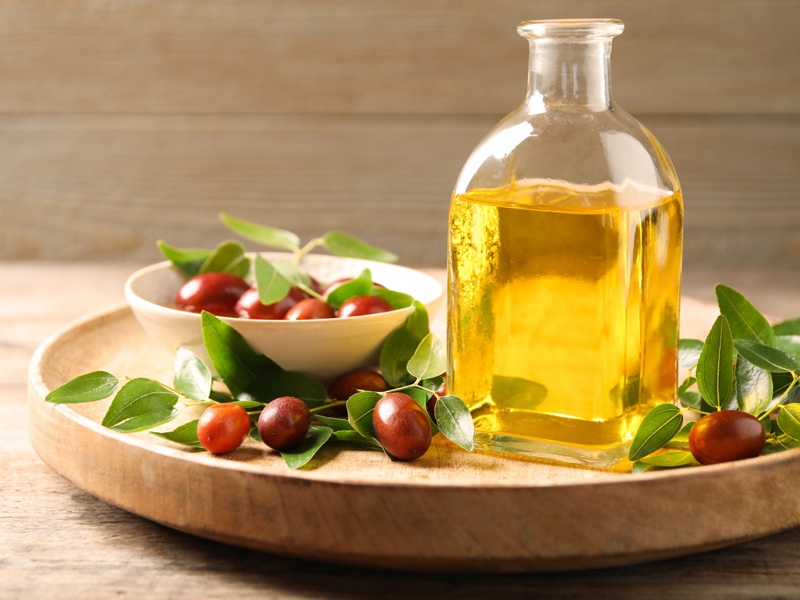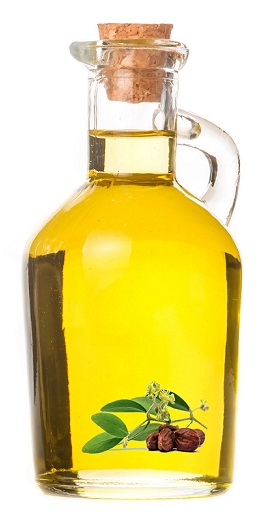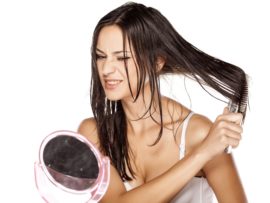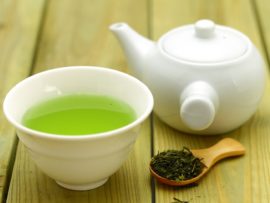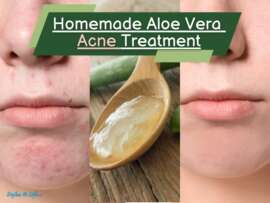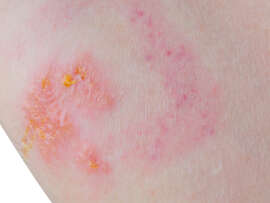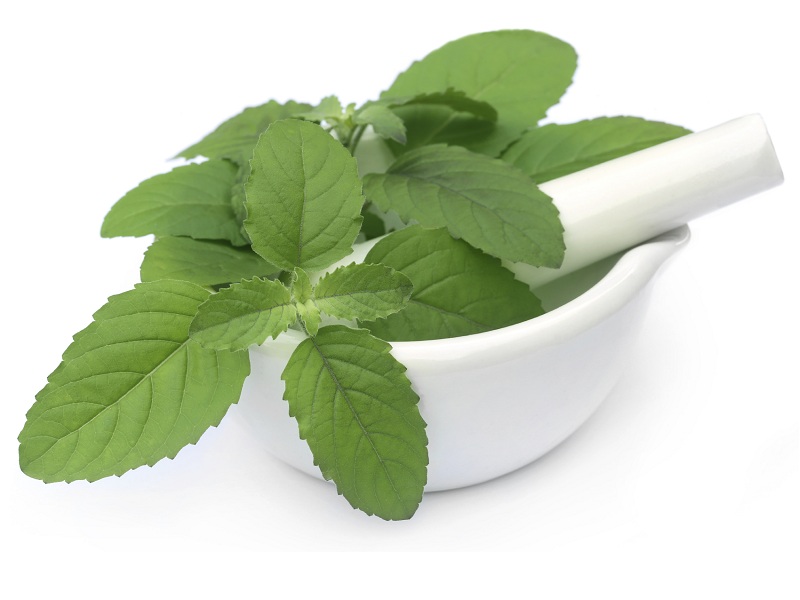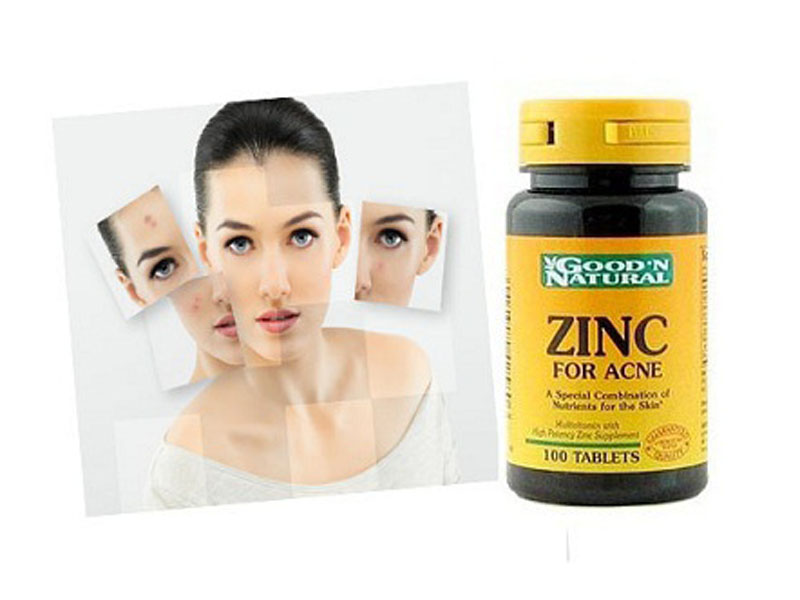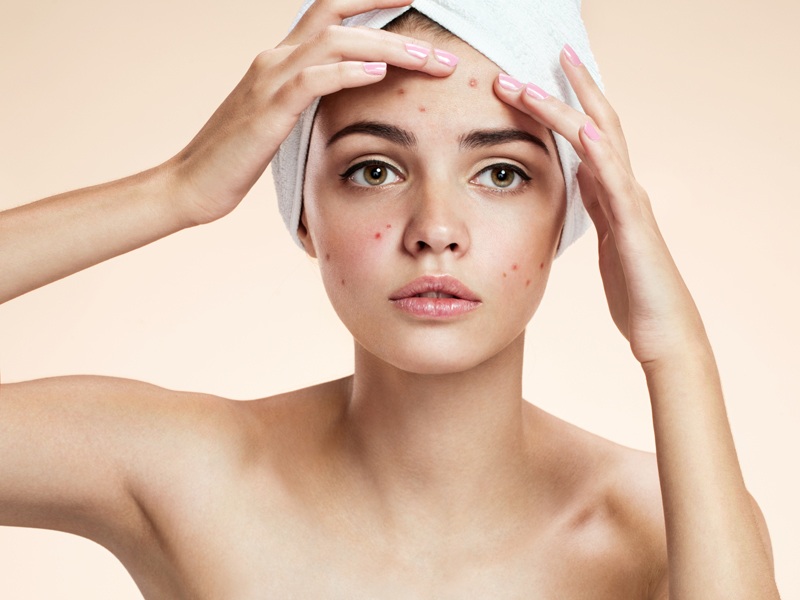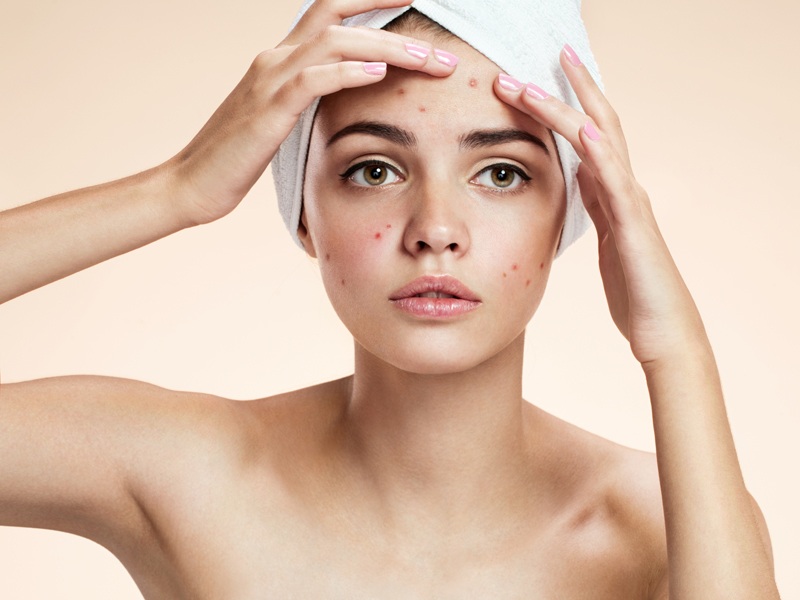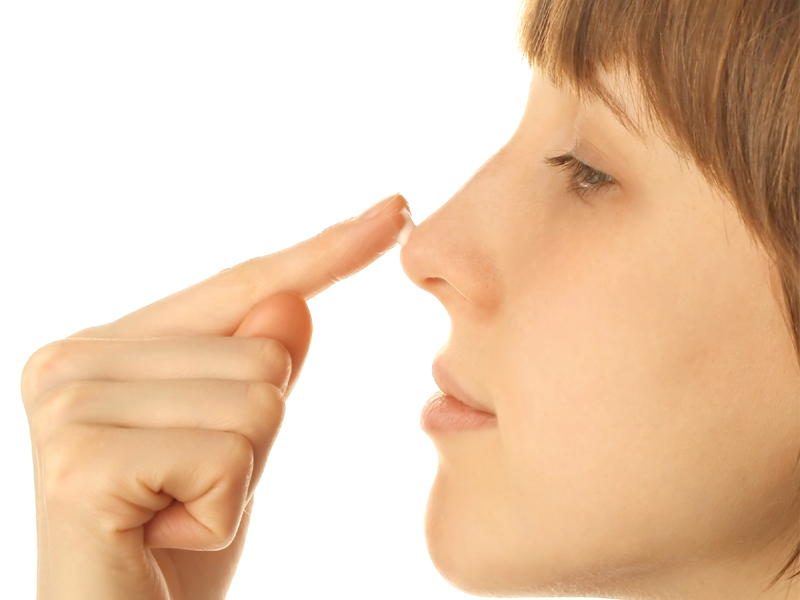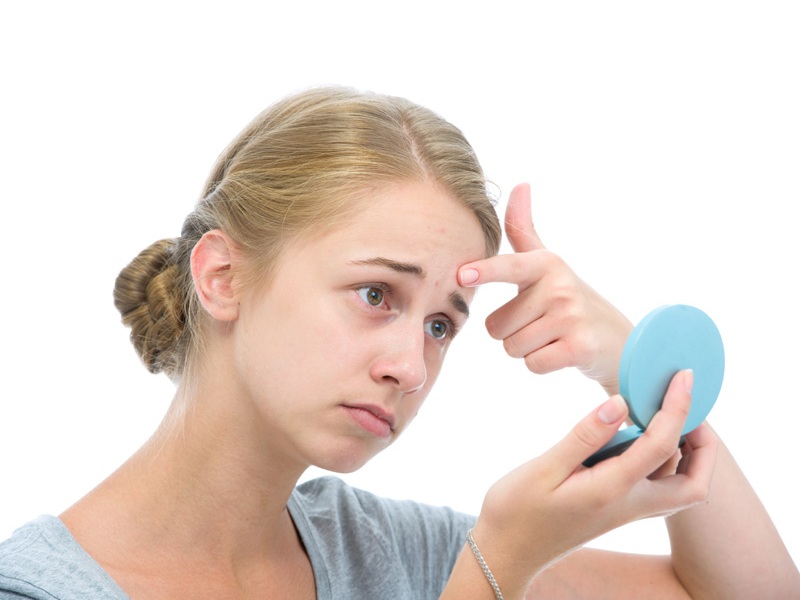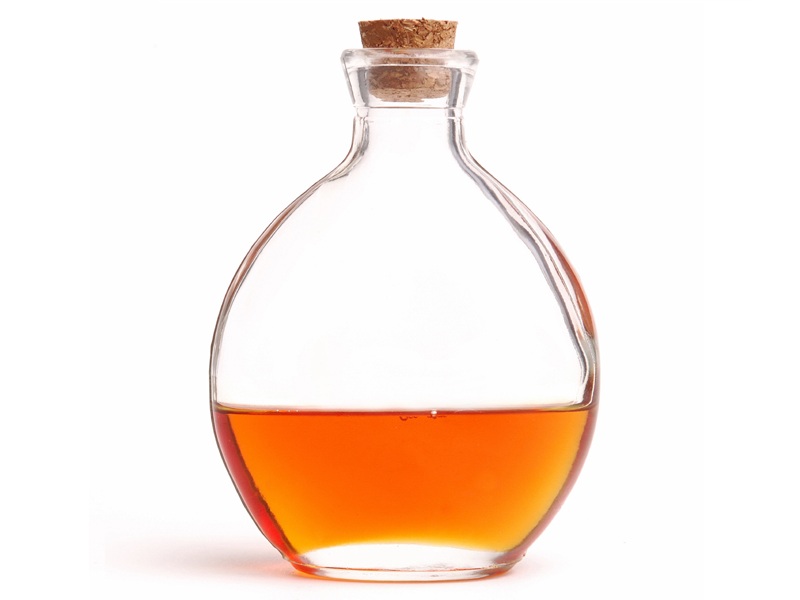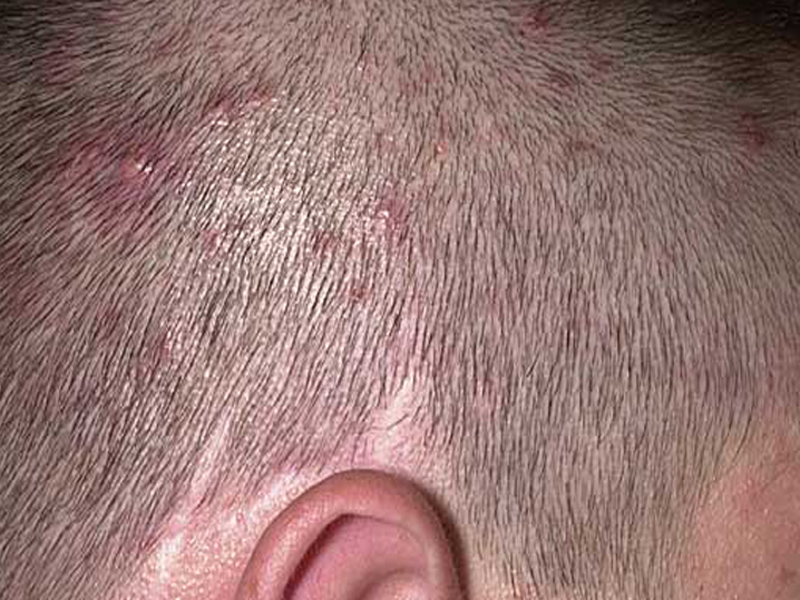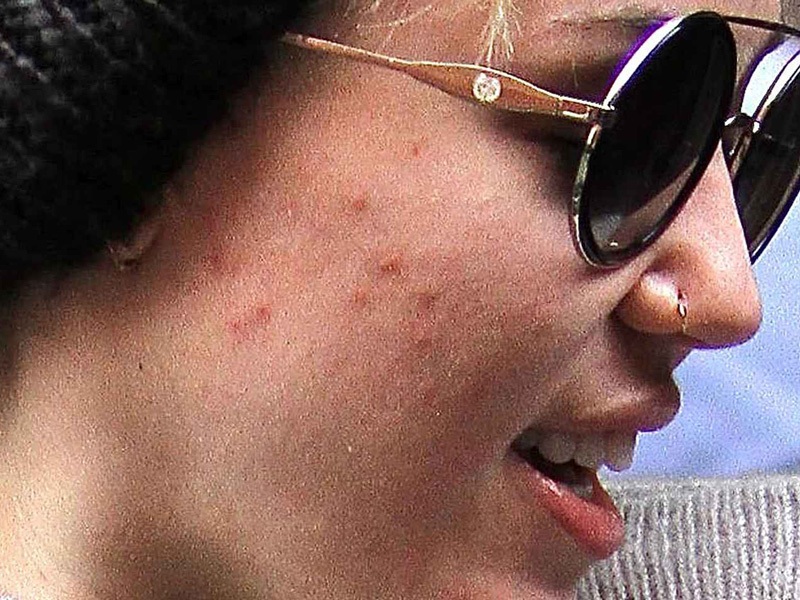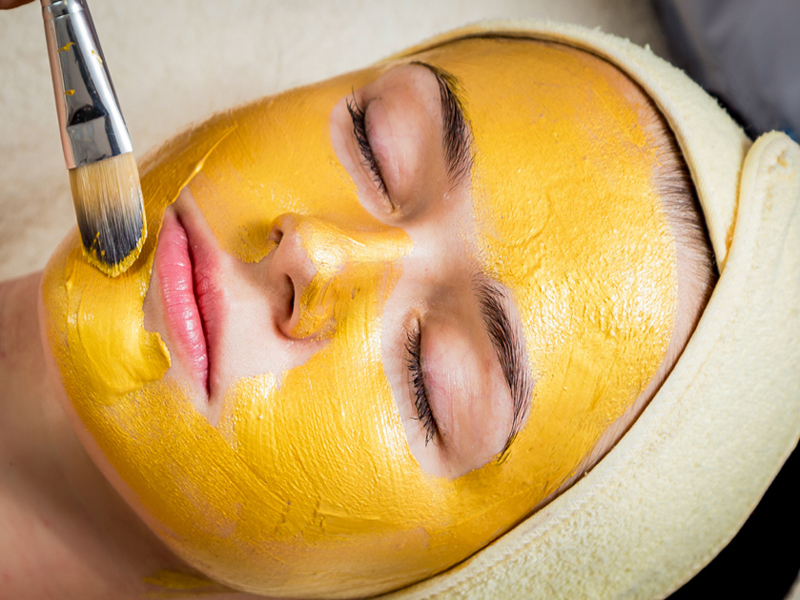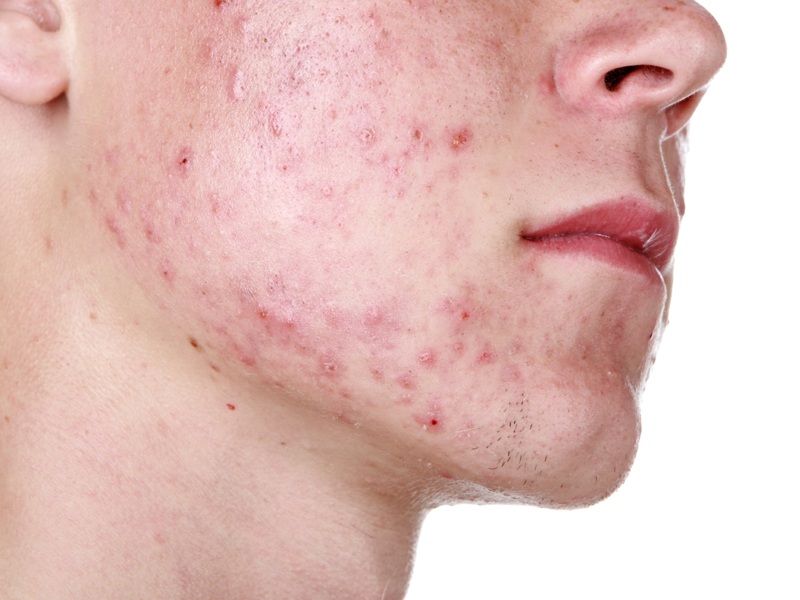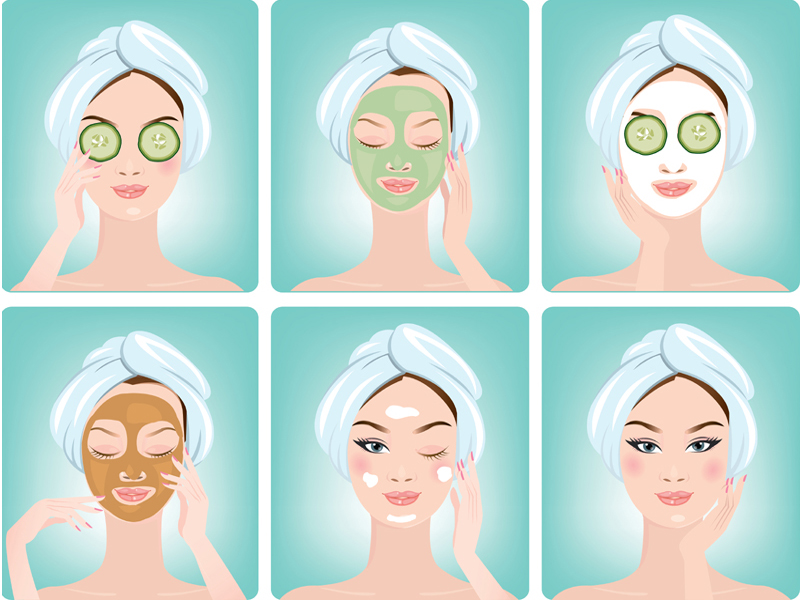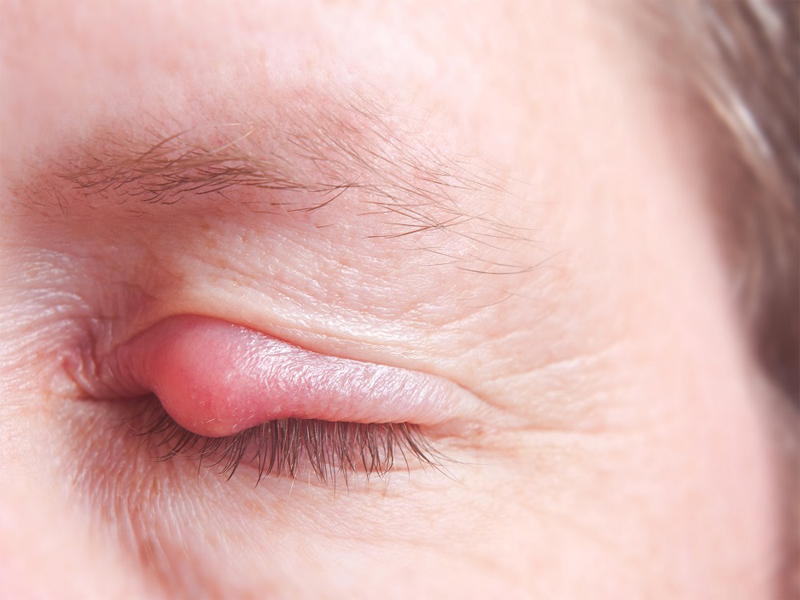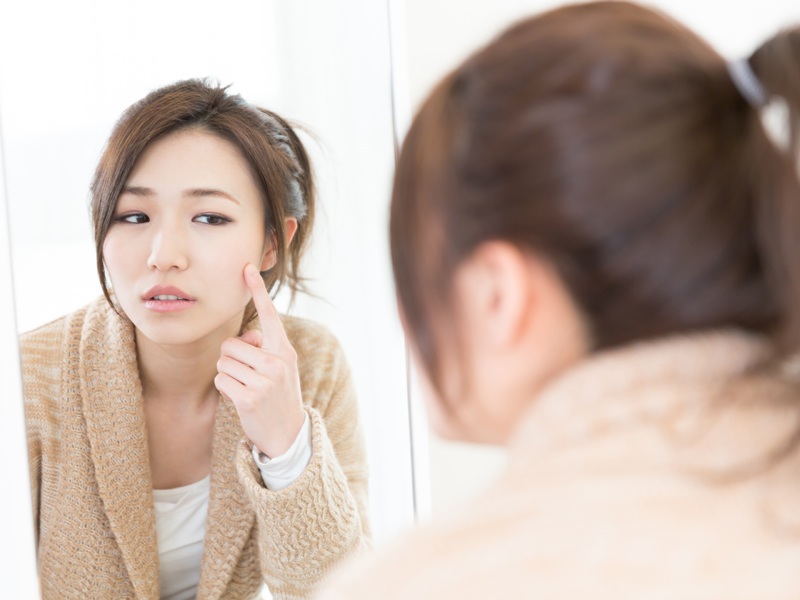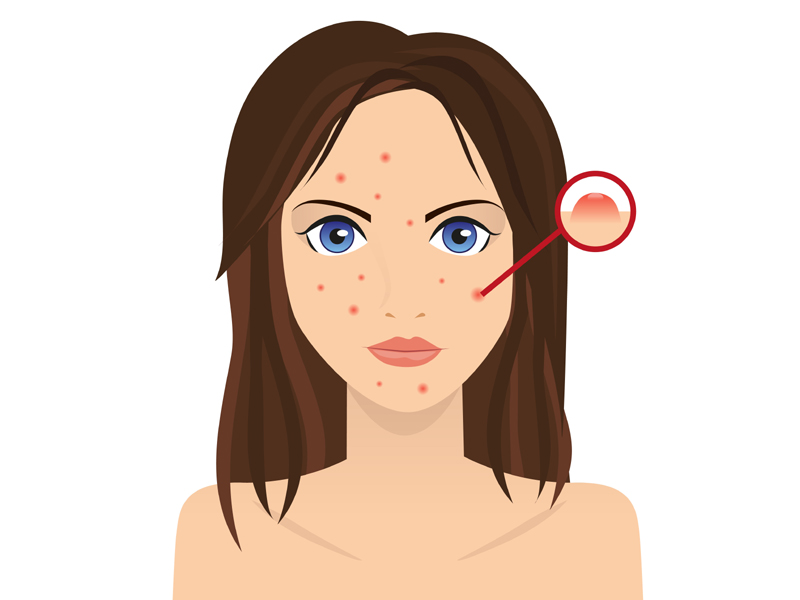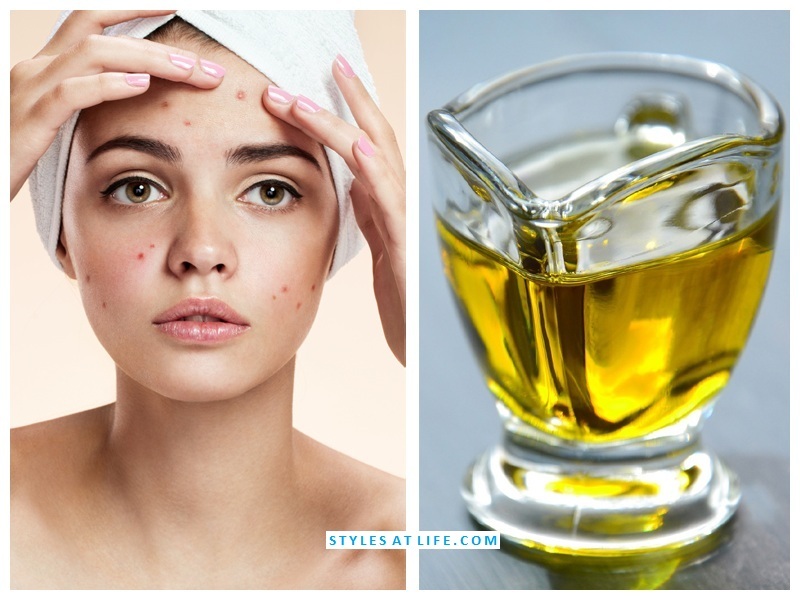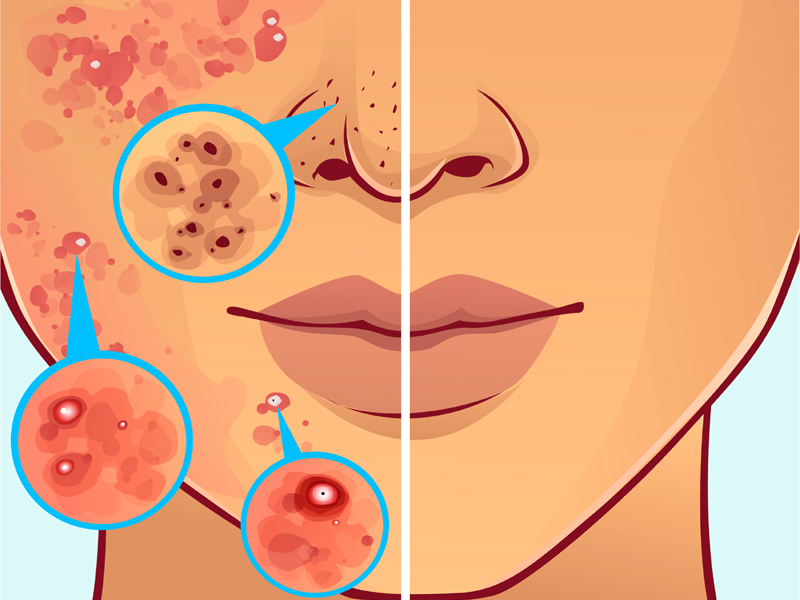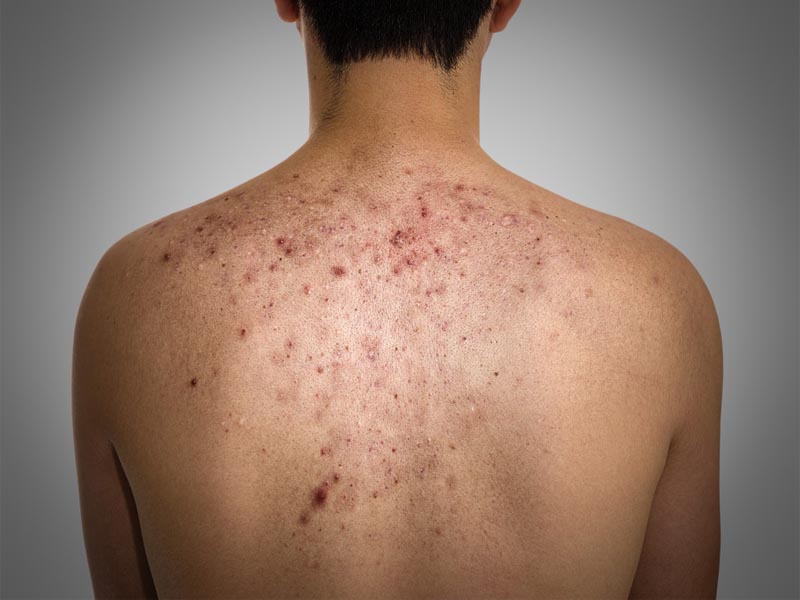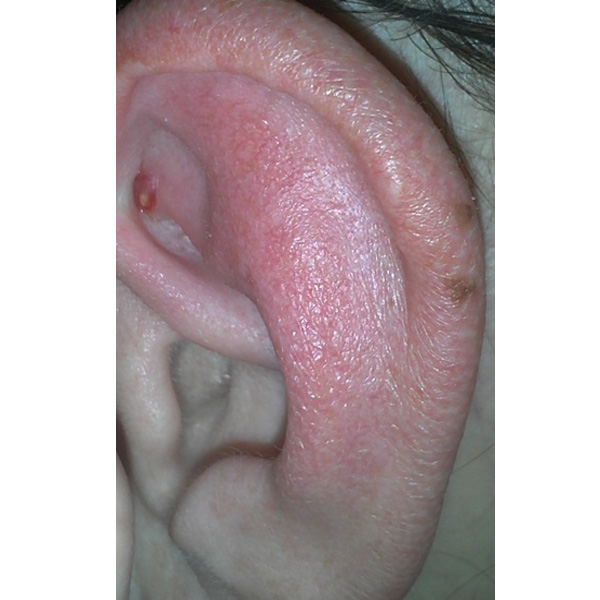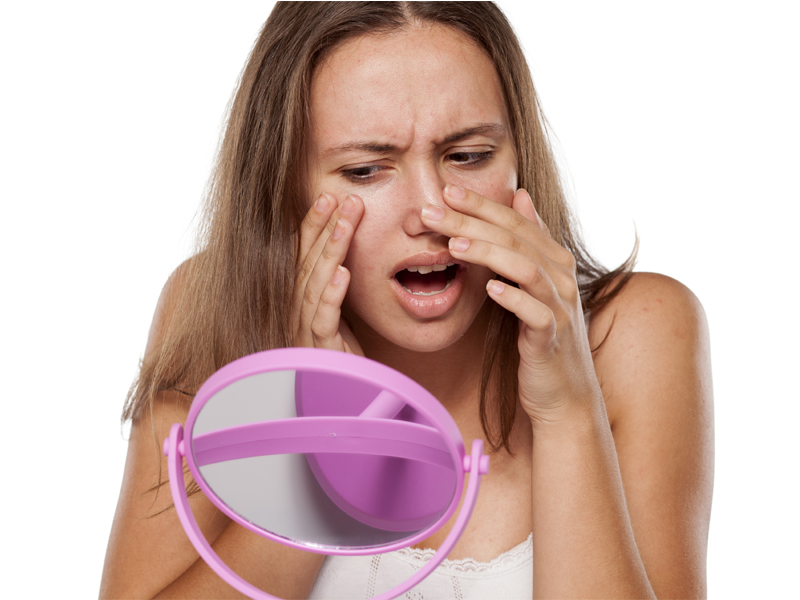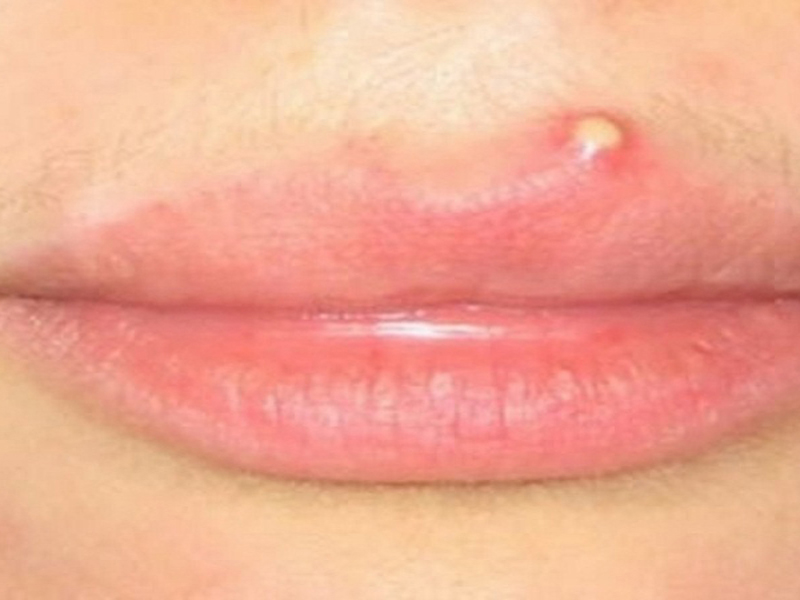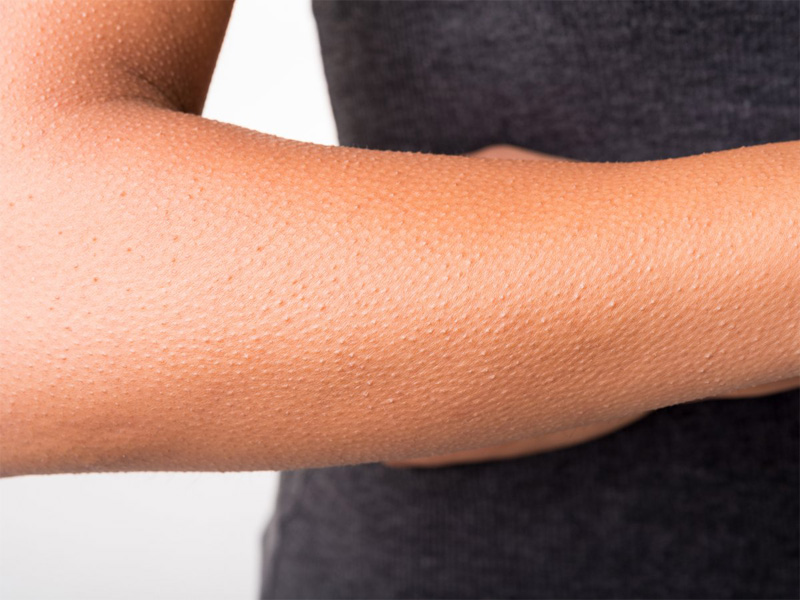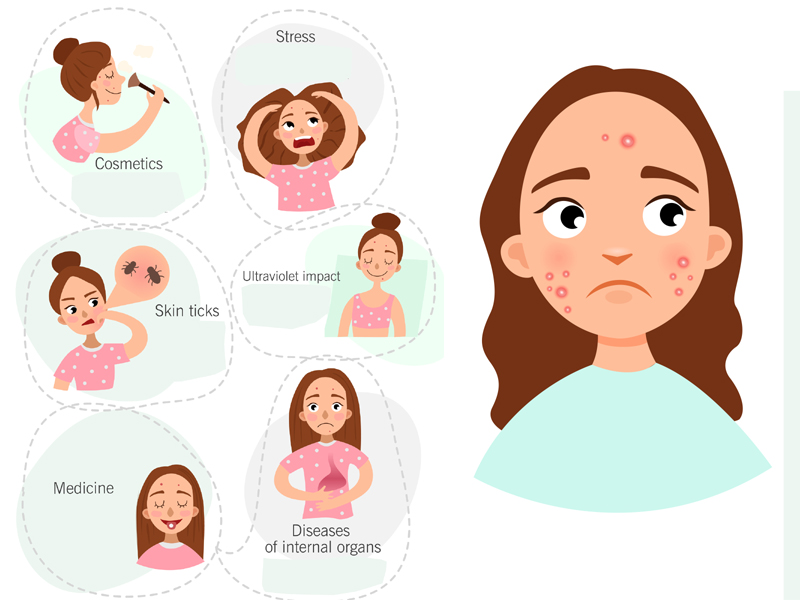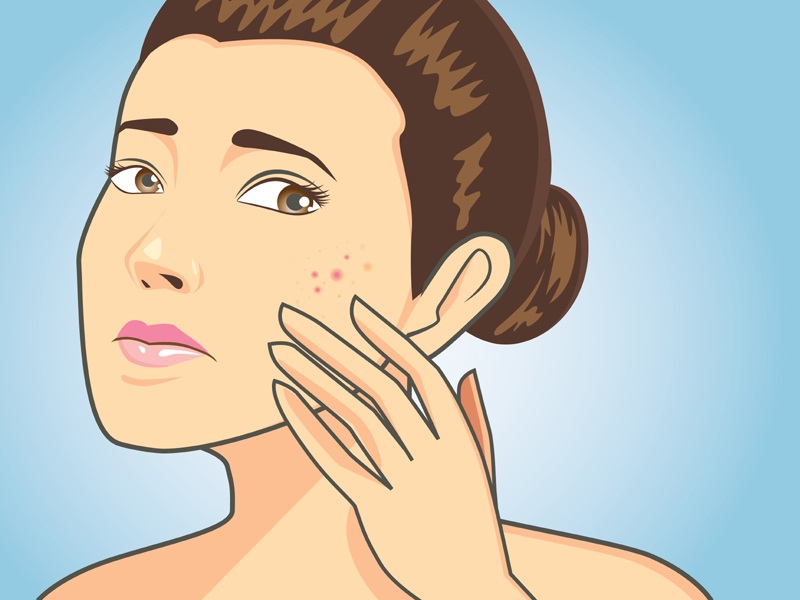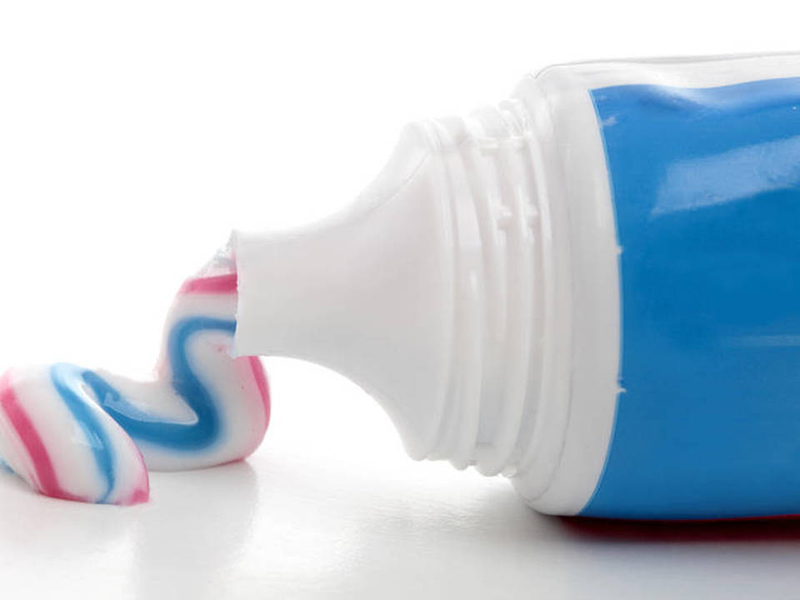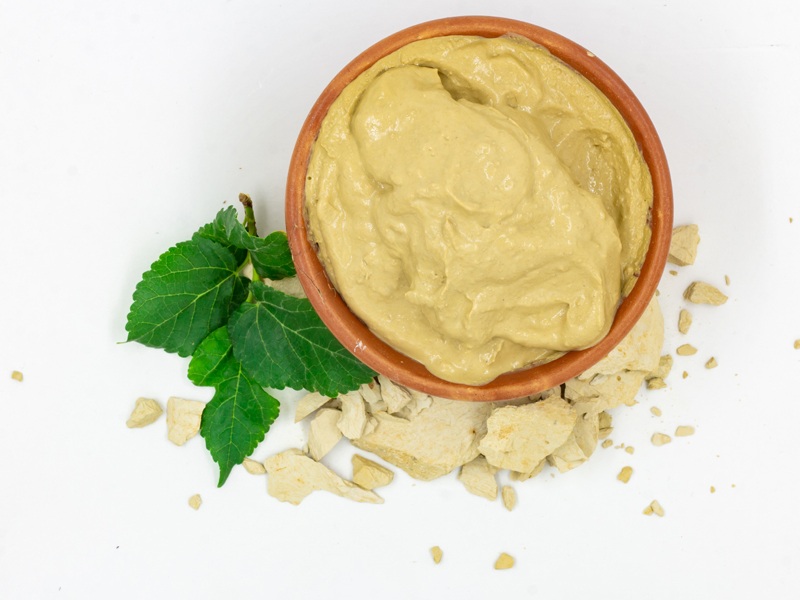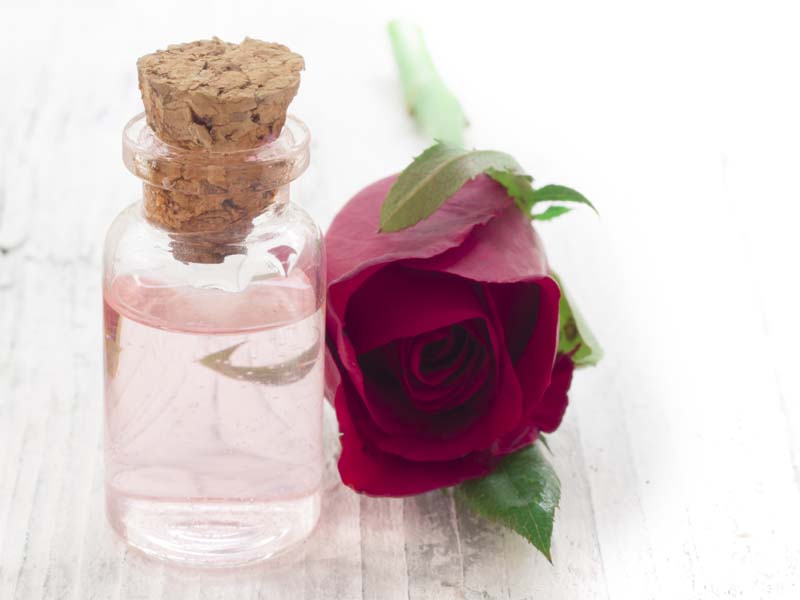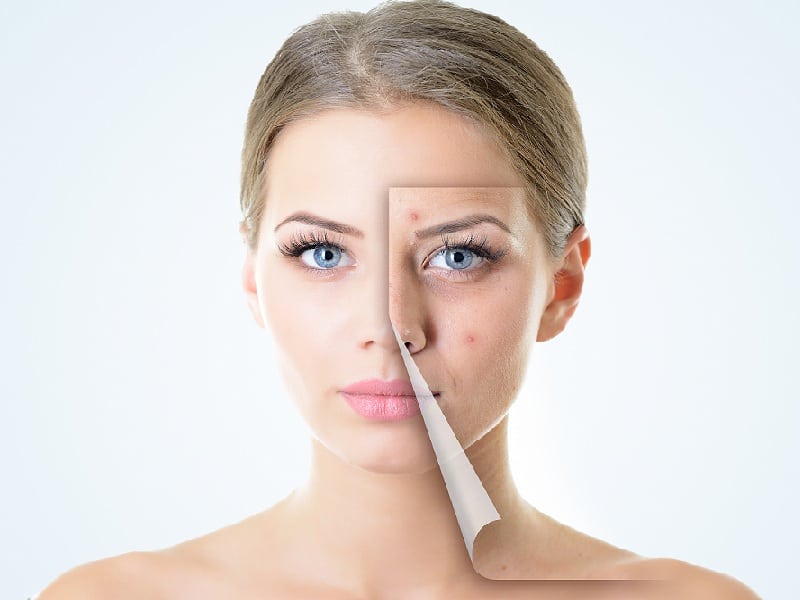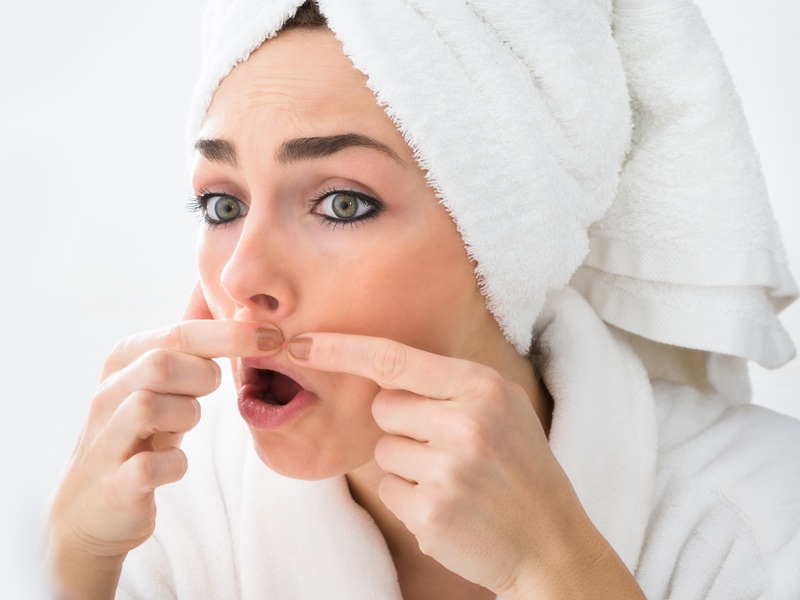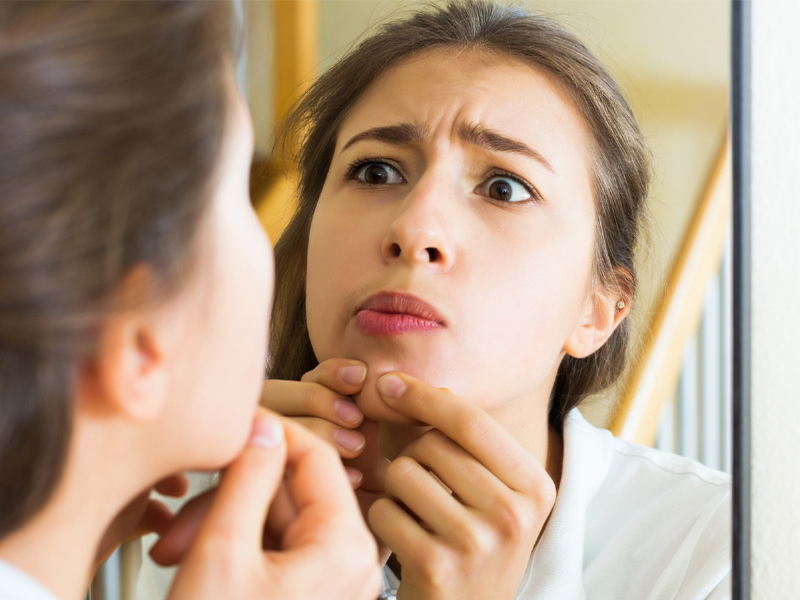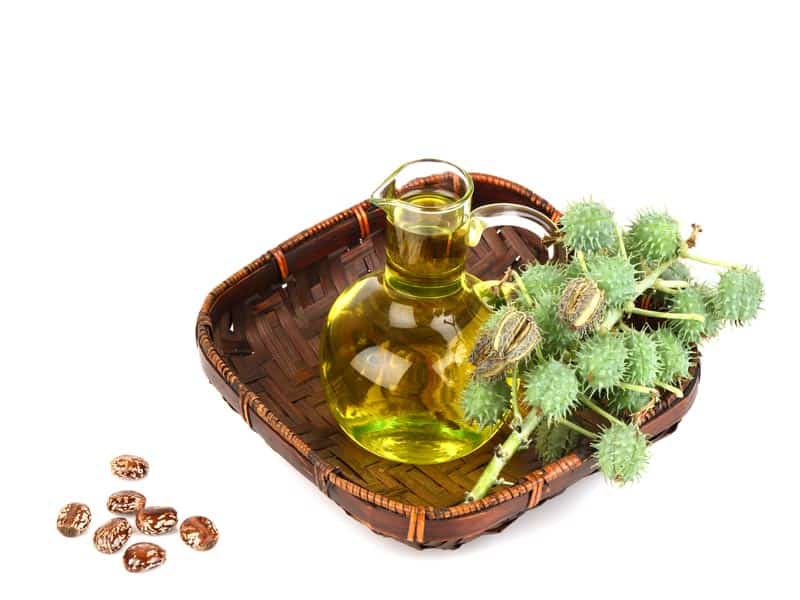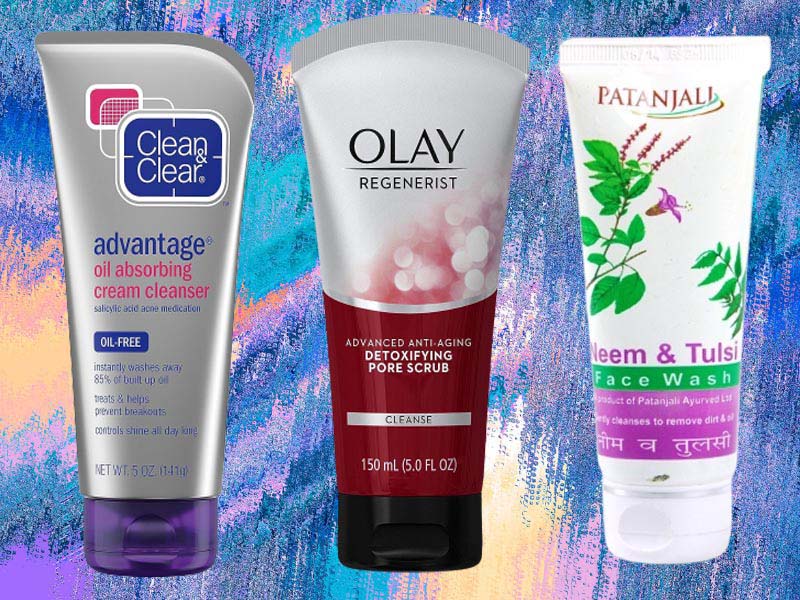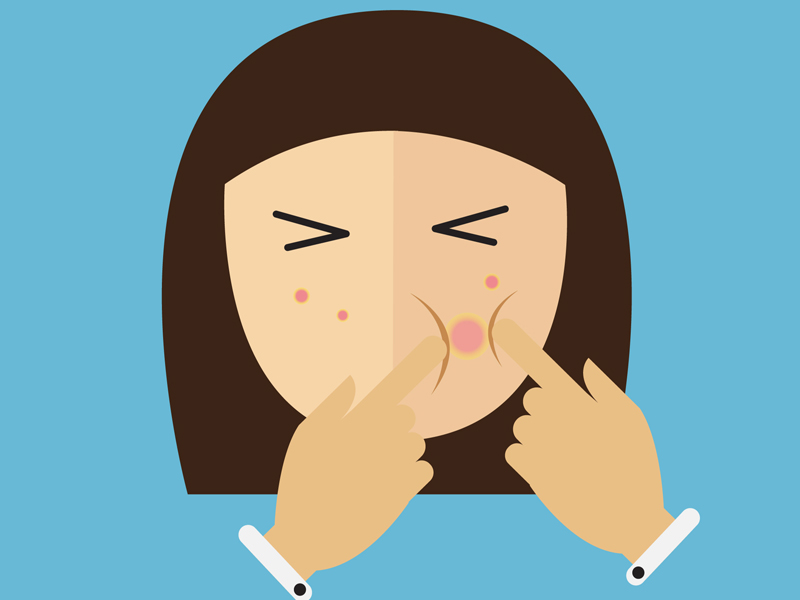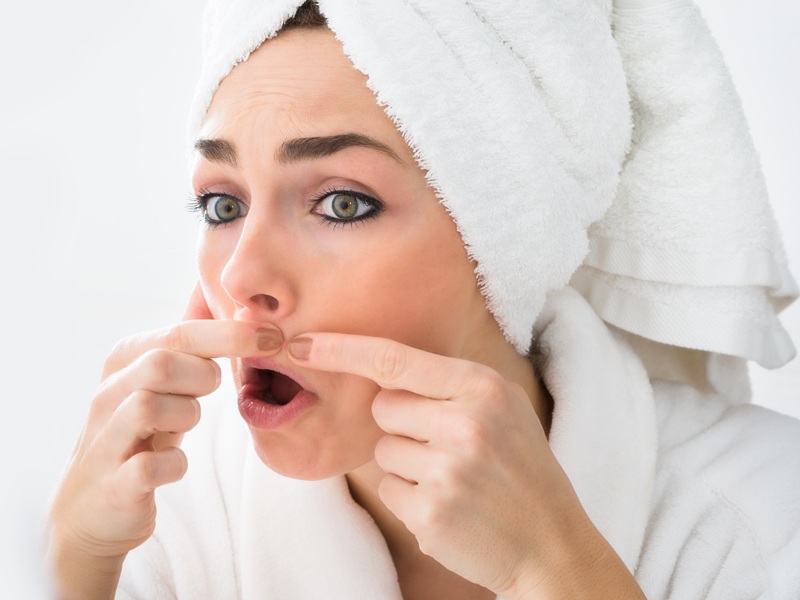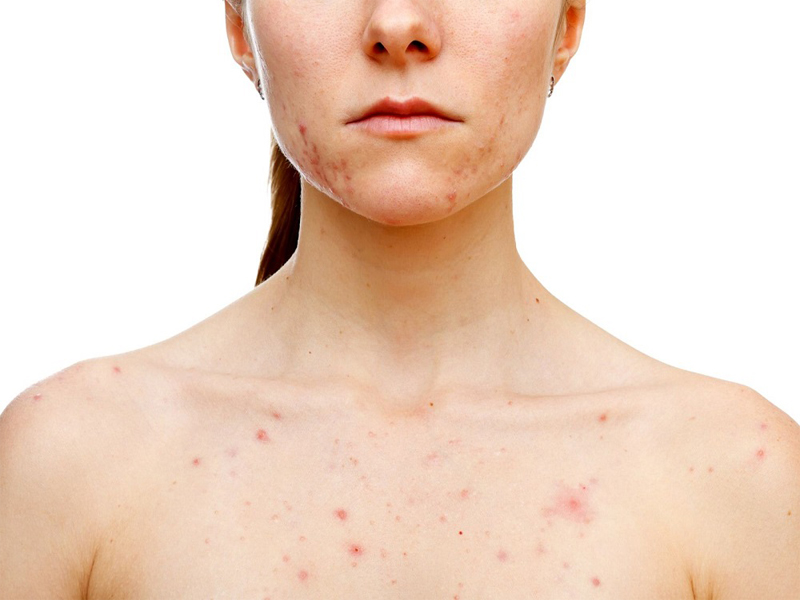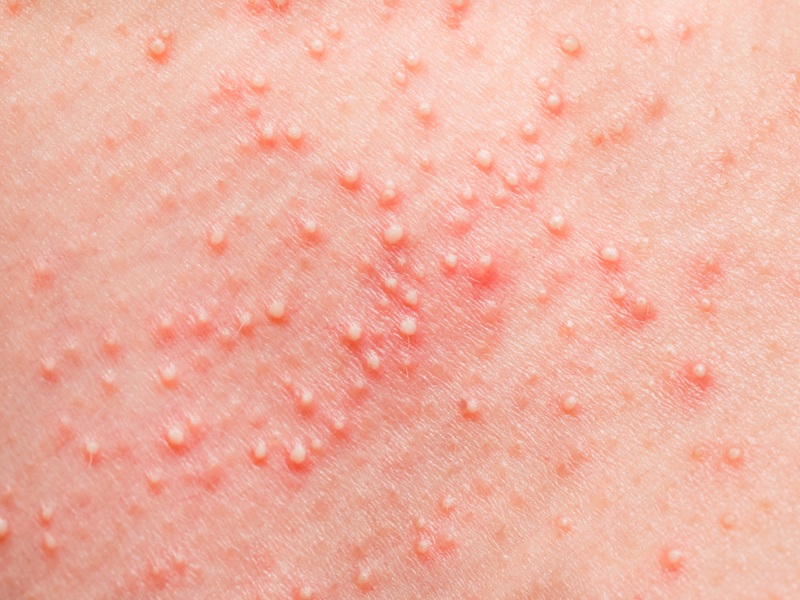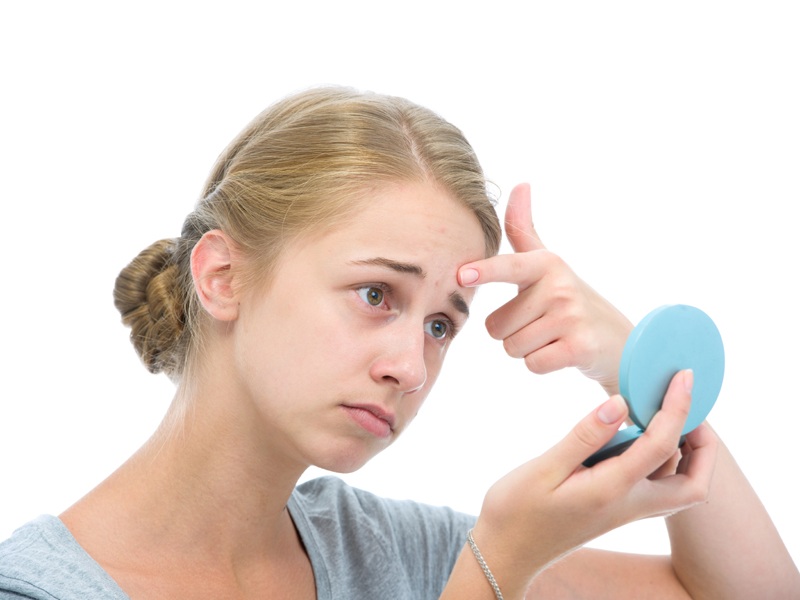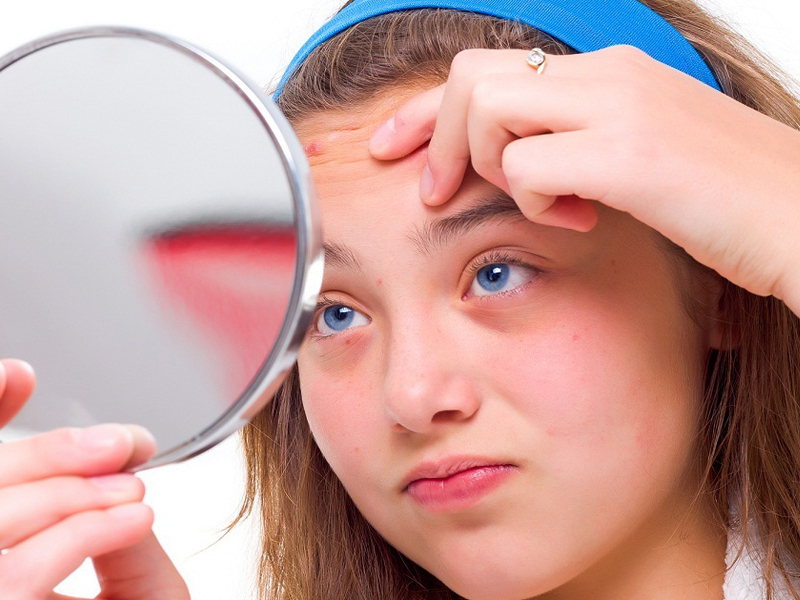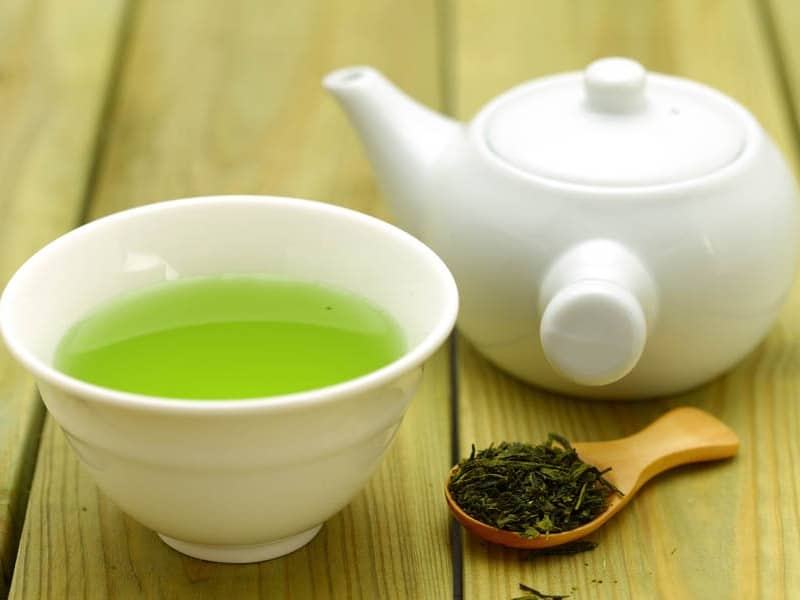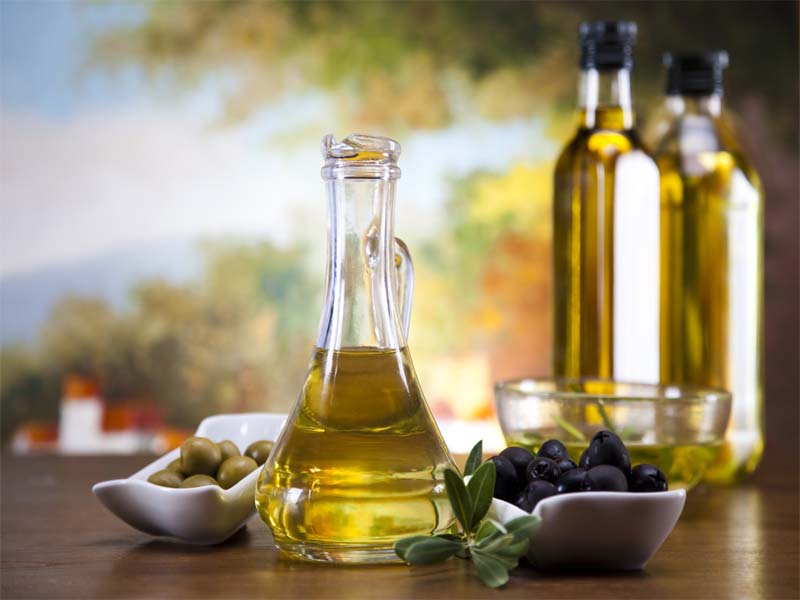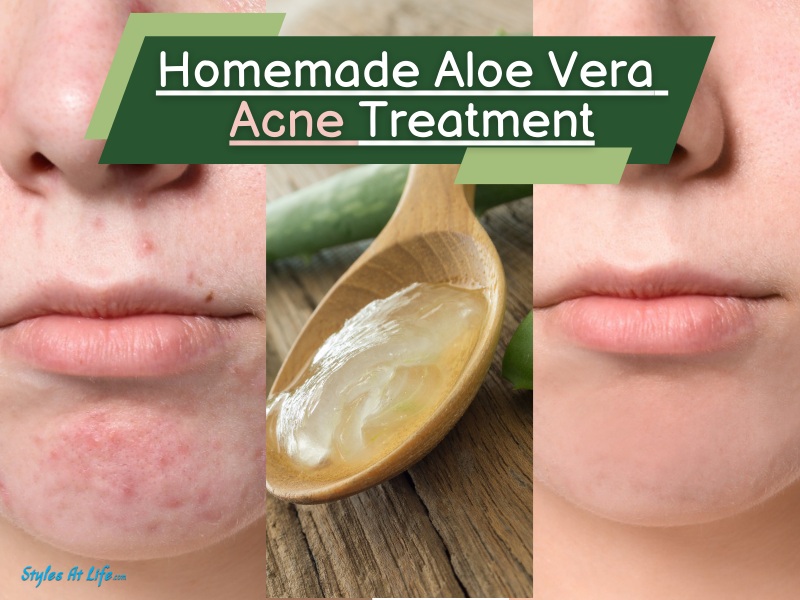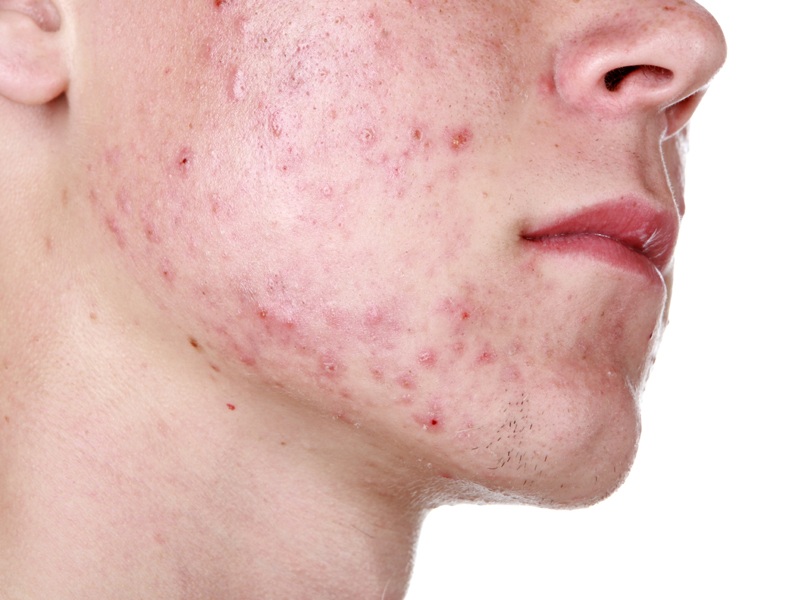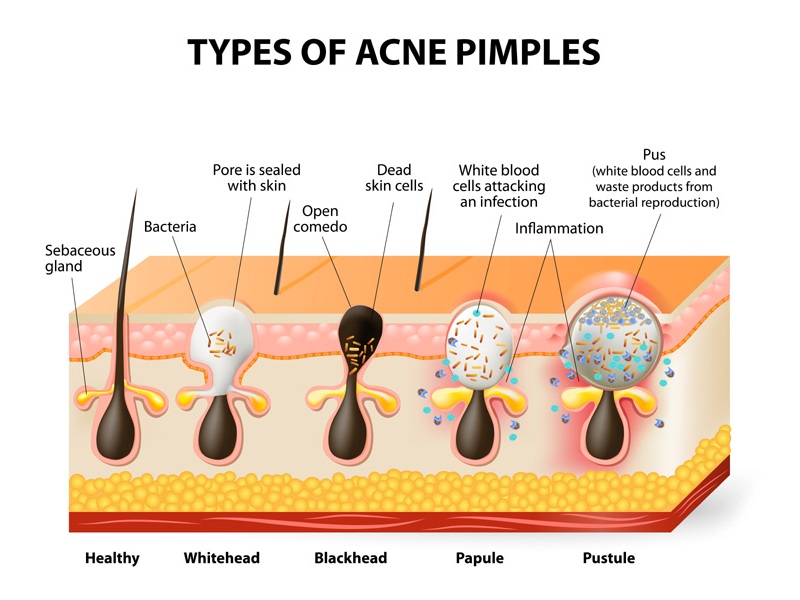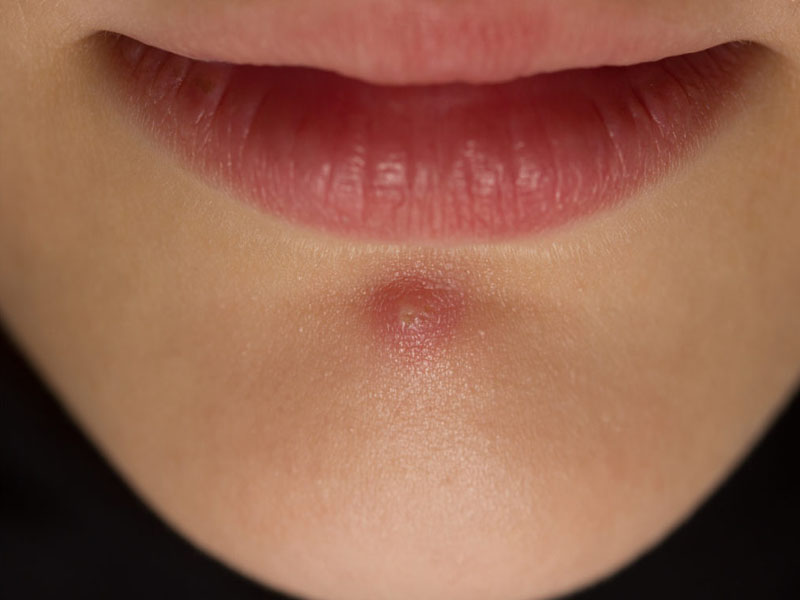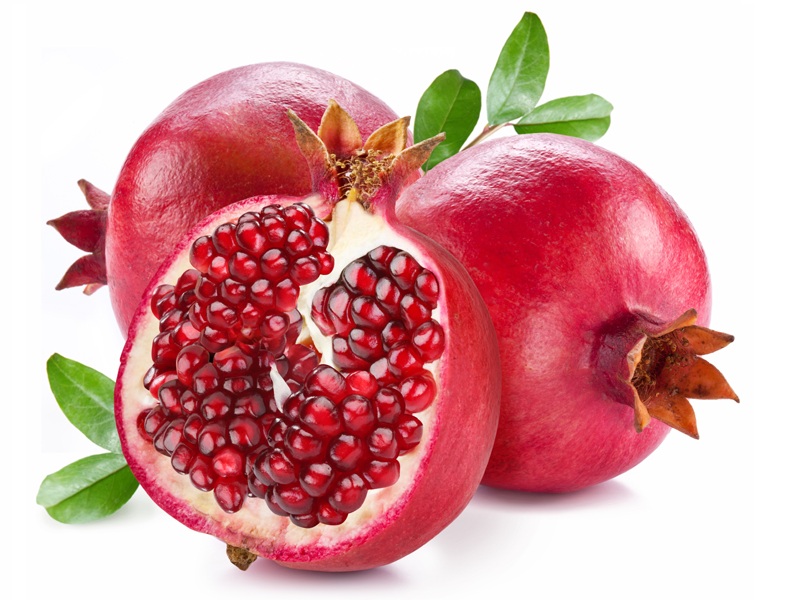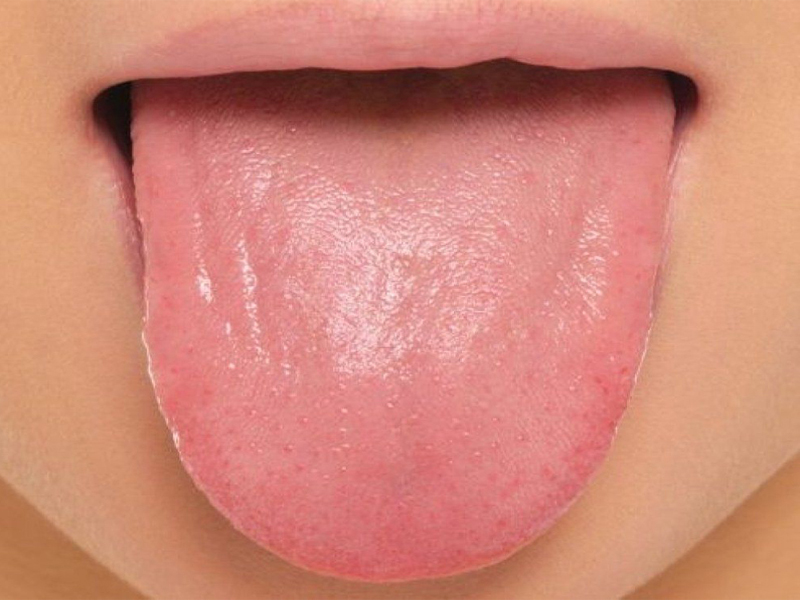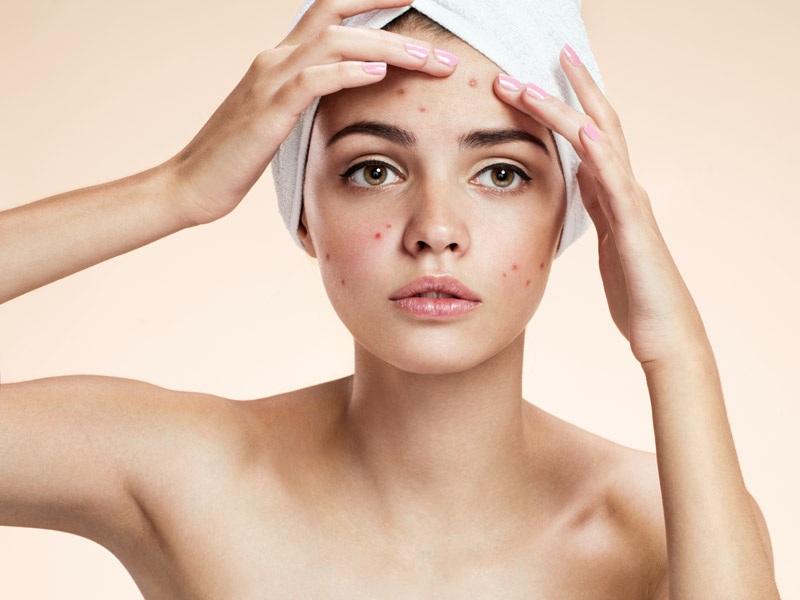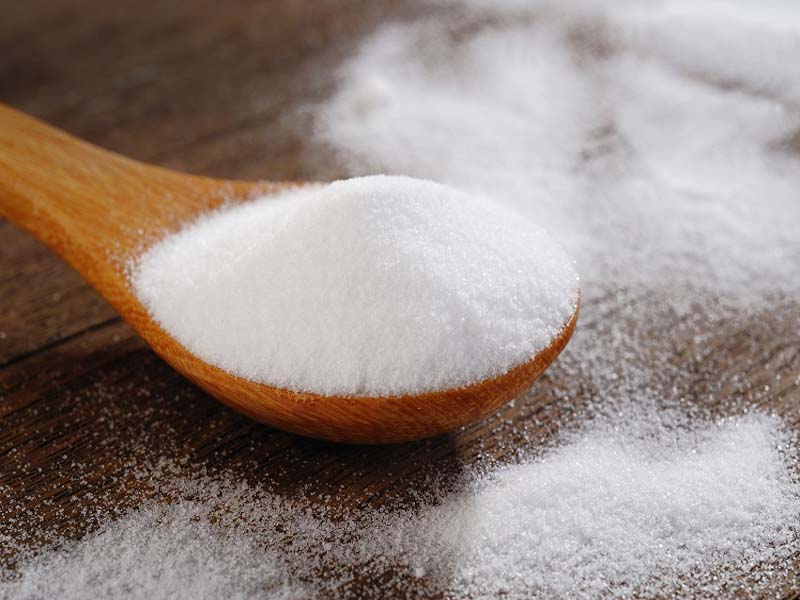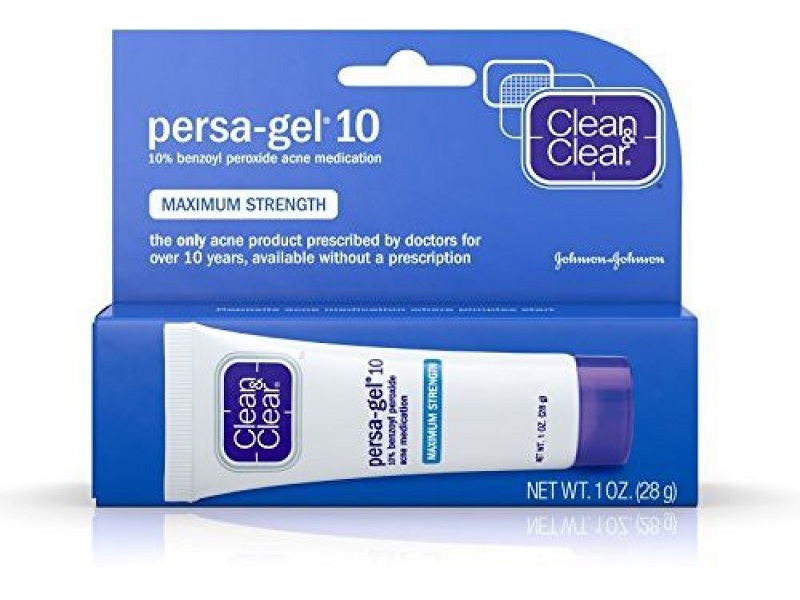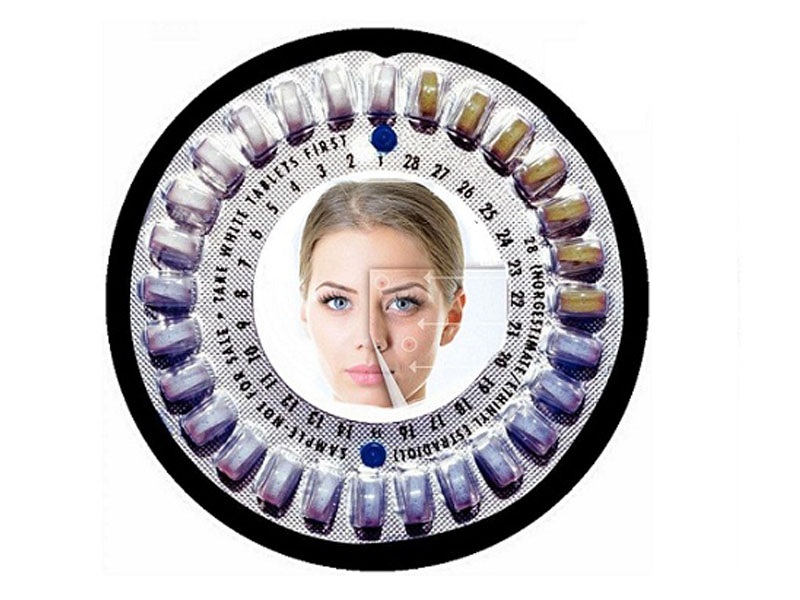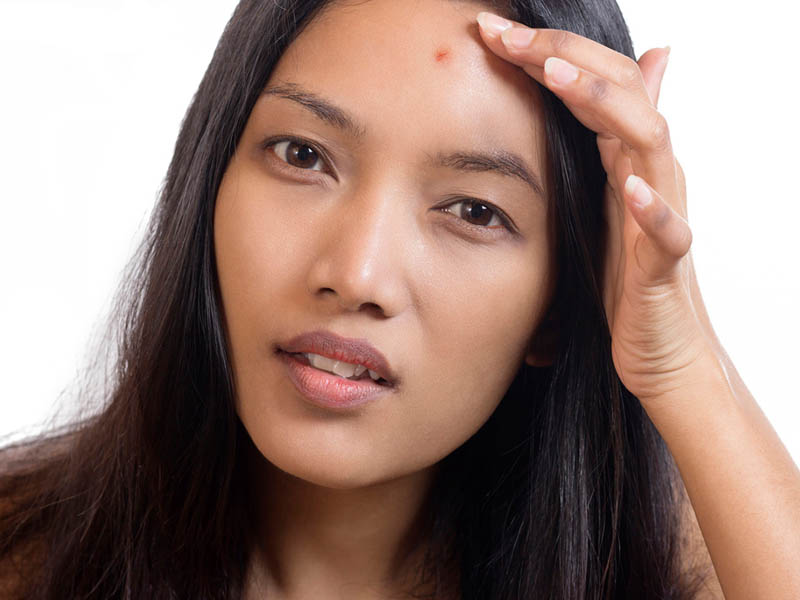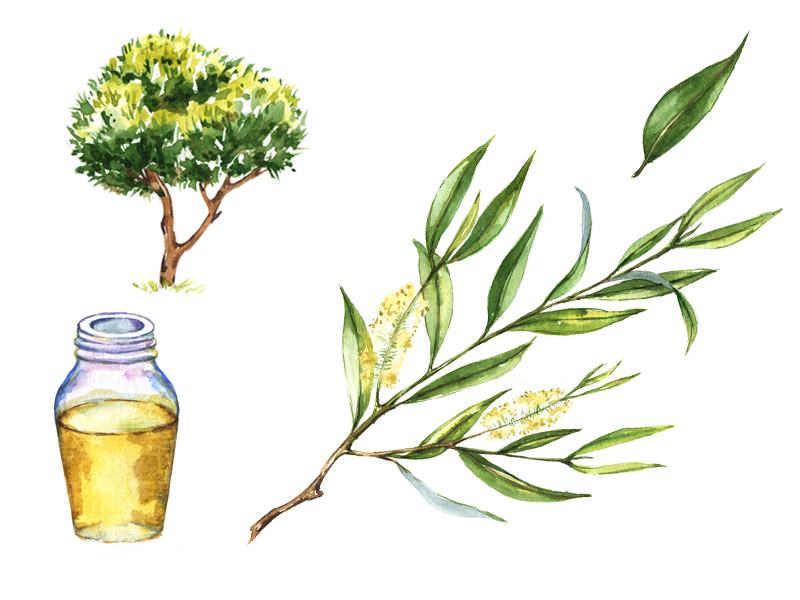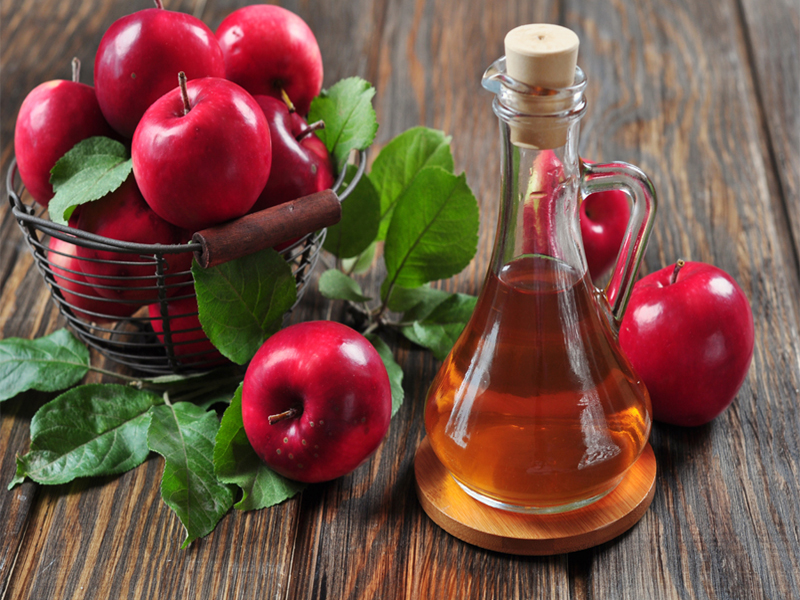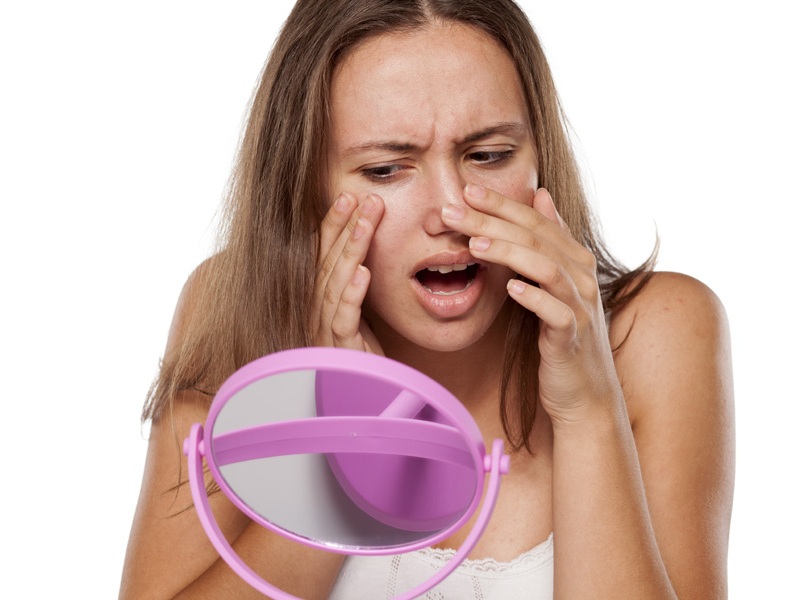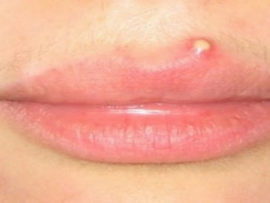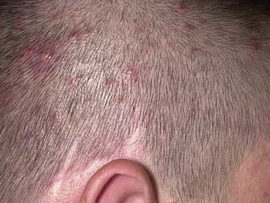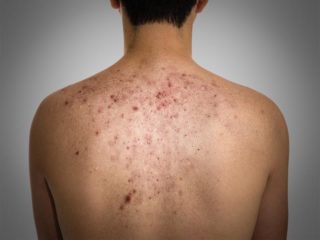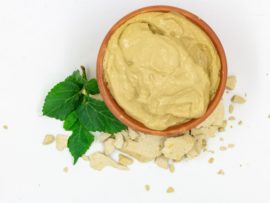One of the major concerns which badger millions of people is Acne. This pesky condition fills your face and body with painful bubbles and ends up taking away your natural beauty. However, all is not lost! Using Jojoba oil for acne is one of the best solutions that are not only safe but also highly effective.
Although you might be tempted to use quick methods like over-the-counter creams, the chemicals in them can worsen your condition. Unless it is a chronic or severe problem, it is always recommended to try a gentle solution like Jojoba to deal with mild face acne. Read along to understand the benefits of this agent, along with different ways to use it on your skin.
What is Jojoba Oil?
Jojoba oil is the oil extracted from the seeds of Jojoba plant, which is native to the North and South American region. It is pronounced as Ho-Ho-Ba and is a widely used ingredient in many types of cosmetic skin and hair products.
What Are The Benefits Of Jojoba Oil for Acne-Prone Skin?
Jojoba oil offers a host of benefits to give you smooth and flawless skin. Here are the details:
- Anti-Bacterial Properties: Pimples are a result of bacterial infections in the pores of the skin, due to ingrown hair or accumulation of dirt. Jojoba oil can effectively kill bacterial growth and bring down the pus cells. By doing so, the problem is eliminated from the roots.
- Anti-Inflammatory Agent: It is known that Jojoba oil can reduce the symptoms of acne by bringing down the lesions, inflammation and redness associated with it. Also, the agent offers wound healing benefits to the skin to treat acne scars and blemishes
- Balance Sebum Levels: The composition of Jojoba oil is very similar to that of human sebum. It hints the skin to stop producing more of sebum, after a topical application. This results in control the overproduction of sebum by the oil glands to prevent acne.
- E-Vitamin Rich: Jojoba oil has a high concentration of Vitamin E, which is very important for a hale and healthy skin. This agent can lighten not only the scars caused by acne but also increase the healing rate.
How to Use Jojoba Oil for Pimples?
Now that you have understood the many benefits of Jojoba Oil for face acne, it’s time to learn about some different ways to use it:
1. Direct Application of Jojoba Oil for Acne:
Jojoba oil is quite mild and can be directly applied to your skin. It can give a soothing feeling to your skin and reduce the severity of acne. Unlike the other oils, it doesn’t clog your pores and instead, clear them by flushing out the abscess.
Ingredients:
- Jojoba Oil – 4-5 Drops.
- Cotton Ball – 1.
How to Use:
- Take a few drops of Jojoba oil on a cotton ball.
- Wash and dry your skin.
- Apply it on the affected area.
- Leave it on overnight for best results.
How Often Should I Do This? You can use it daily.
2. Jojoba Oil and Aloe vera:
This is a wonderful method to hydrate your skin and nourish it from within. Jojoba oil, when combined with aloe vera gel, can heal and repair your skin cells. Both these ingredients can reduce skin inflammation and bring down symptoms of burning, irritation and redness.
Ingredients:
- Aloevera Gel – 1 tbsp.
- Jojoba Oil – 1 tbsp.
Preparation Time: 2 minutes.
How To Prepare and Use?
- Mix aloe vera gel and Jojoba oil together.
- Blend well for a smooth consistency.
- Apply it evenly on the affected areas.
- Leave it for 30 minutes and rinse with water.
How Often Should I Do This? You can use it every alternate day for better results.
See More: How To Use Olive Oil For Acne
3. Jojoba Clay Mask for Acne:
One of the best ways to use Jojoba oil is in the form of a clay mask. Kaolin Clay is a natural mineral that can soak excess oil and impurities. It can reduce cystic acne breakouts, and blackheads and also give you naturally glowing skin. Adding a few drops of Jojoba oil can increase its effectiveness.
Ingredients:
- Kaolin Clay – 2 tbsp.
- Jojoba Oil – 2 tbsp.
Preparation Time: 5 Minutes.
How to Prepare and Use:
- Mix both the ingredients together and add little water for consistency.
- Now, spread it evenly on your face, covering the affected areas.
- Let it dry for 20 minutes.
- Wash off with normal water.
How Often Should I Do This? Use it twice a week for the best results.
4. Jojoba Oil and Tea Tree Oil for Acne:
See More: Apple Cider Vinegar For Pimples
The combination of jojoba oil and tea tree oil is an excellent cure for pimples and other skin problems. Tea tree is a powerful antimicrobial agent which can fight even stubborn bacterial. It also reduces the size of the lesions and restores the natural oil levels of the skin. Adding Jojoba oil can lower the potency of this ingredient and also give you faster results. Here’s how to do prepare this spot treatment:
Ingredients:
- Kaolin Clay – 2 Drops.
- Jojoba Oil – 2 Drops.
- Cotton Bud – 1.
Preparation Time: 1 Minute.
How to Prepare and Use:
- Take a few drops of Jojoba Oil and tea tree oil.
- Mix them well.
- Take a cotton bud and apply the oil on the affected areas only, with the tip of the bud.
- Leave it for a few minutes.
- Wash it off with normal water.
How Often Should I Do This? Use it twice or thrice a week for the best results.
Precautions: Never use an undiluted version of Tea tree oil on your skin directly. It can lead to a burning sensations and damage to skin cells.
Those are some of the incredible uses of Jojoba oil for acne-affected skin. For effective results, always use a good quality oil from trusted sources. Also, make sure that the oil is from any new mixes or preservatives. Also note that if you have heavy acne, then you may have to take a doctor’s advice along with using this ingredient. Do let us know your experiences with Jojoba!
See More: Vitamin E Oil For Face Acne


